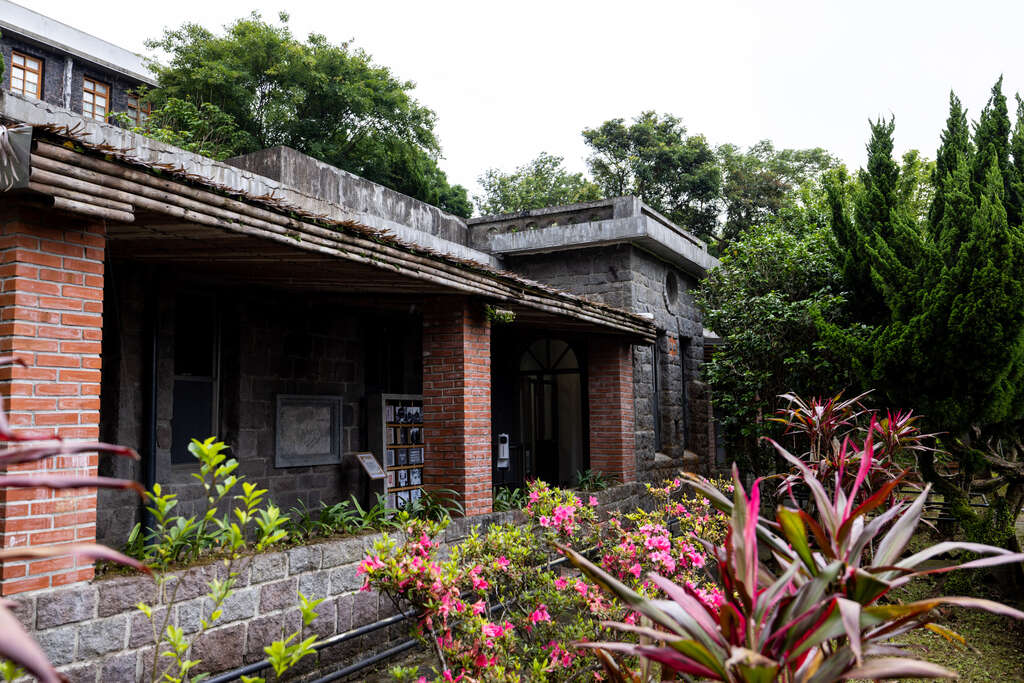Yan Xishan's Former Residence Introduction
Yan Xishan (1883-1960), courtesy name Bochuan, experienced the major historical events of modern China, including the Tongmenghui's anti-Qing movement, the Xinhai Revolution, the monarchy of Hongxian, the founding of the Republic of China, the Central Plains War, the cooperation between the Kuomintang and the Communist Party, the Second Sino-Japanese War, and the Chinese Civil War, up until the Kuomintang's relocation to Taiwan. He was one of the significant figures in modern Chinese history. He served as the Premier and Minister of National Defense before the Kuomintang moved to Taiwan and later lived in seclusion in Yangmingshan with his subordinates. During the last ten years of his seclusion, he focused on research and completed works such as "The World of Great Unity" and "Three Hundred Years of China," embodying the Confucian ideals of virtue, achievement, and expression. In his later years, longing for his hometown and based on military defense needs, he chose to build stone houses "Zhongneng Cave" and "Red Brick House" on the windy hillside overlooking the Tamsui River estuary and the Taipei Basin. "Zhongneng Cave" adopted the cave house architecture of Shanxi, integrating characteristics of Chinese, Japanese, and Western architectural styles. Its construction period and scale are quite different from typical historical sites; it is the main building of Yan's residence, personally named by him, reflecting his "cosmology" based on observing cosmic changes. This bunker-like residence became the final resting place of this significant figure in modern history. The "Red Brick House" was used as an air raid shelter, with walls up to three feet thick, reinforced steel plates on doors and windows, as well as designs for camouflage and lookout sentries. In 2004, "Red Brick House" and "Zhongneng Cave" were designated as city monuments "Yan Xishan Residence," and the nearby Yan Xishan tomb was also designated as a historical site in 2010.





































